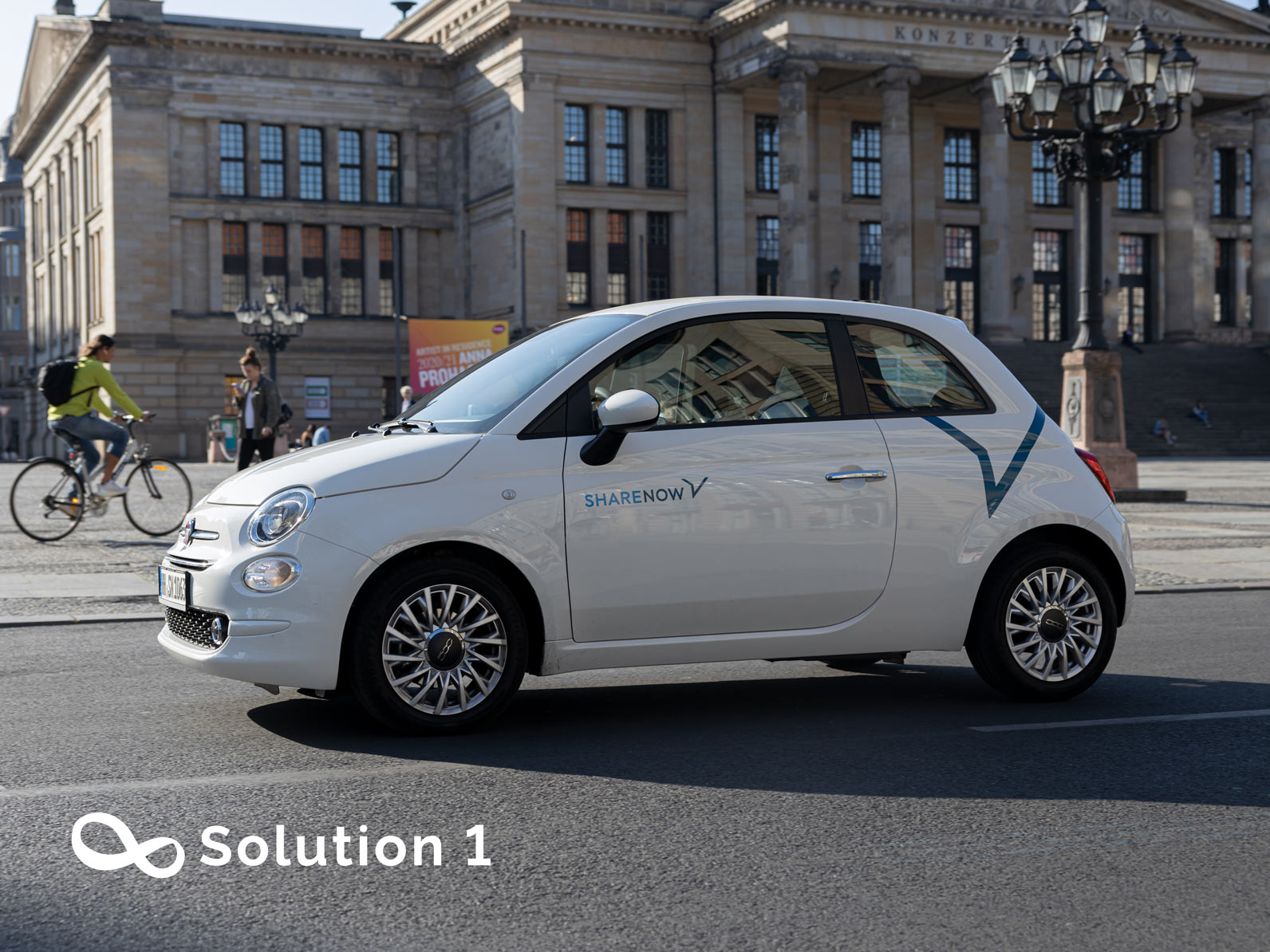Accessibility and Sustainability: The Essence of Smart Mobility.
Smart mobility is the use of technology to improve the efficiency, safety, and sustainability of transportation systems. As the world becomes more urbanized and the number of vehicles on the road increases, smart mobility is becoming a key component of modern life.
The importance of smart mobility and its impact on other smart city dimensions such as sustainability, economy, and lifestyle make it a key issue for residents and local governments. According to the study, smart mobility elements include infrastructure and transport and can be measured by indicators such as the availability of ICT infrastructure; a sustainable, innovative, and safe transport system; and local and international accessibility. Some smart mobility solutions arise from the search for innovative and sustainable ways to provide mobility to city residents, such as the development of environmentally friendly fuels used for public transport, supported by advanced technology and proactive citizen behavior.
When considering smart mobility, various issues that affect mobility in urban areas should be analyzed, distinguishing the following domains: technical-infrastructure indicators, such as roads and intersections, bicycle routes, car parks or parking spaces, infrastructure allowing travel beyond the city limits; Information infrastructure, such as mobile devices and internet access, applications, information collection, traffic management systems, information systems for people traveling; mobility methods and vehicles used for this purpose, such as public transport, private carriers, travel by private car, travel by bike, travel on foot; Legislation, such as assessment of various vehicle types, assessment of various forms of transport, other aspects. Smart mobility allows public access to real-time information in order to shorten travel time and make journeys more efficient, saving money, as well as focusing on improving the quality of the transportation services and providing up-to-date information, with regard to sustainability objectives.
In the area of smart mobility, city authorities are undertaking various activities to develop a low-carbon economy. These include: creating limited-emission zones in cities, for example, entry into the zone is only possible with a vehicle that meets the emission standards; transportation activities, initiatives promoting public transport, walking, and cycling; promoting public cars or non-commercial car rental; arranging joint commuting; setting car bans or charging fees to enter various city zones; installing free car chargers for electric cars. In Europe, promoting the use of low-emission vehicles is already being performed by encouraging citizens to travel actively, such as cycling and walking, using public transport, carshare, and carpooling, which help to reduce congestion and pollution.
The business perspective of smart mobility points to three key areas: transportation safety and security; traffic and vehicle management; and sales, fees, and charges. Passengers receive the information they need, such as routes, timetables, real-time traffic information; presented in public places, such as at bus stops or via on-board displays or made available on demand, such as via a website or app. They can also use an e-ticketing service, and receive travel, ticket, and payment details via an operator’s website or a specific application.
The smart mobility approach in cities emphasizes the possibilities of real-time traffic management, parking management, and bicycle use, the possibility to use electric vehicles, car-sharing services, and the tracking of various activities via apps, as well as citizen decision-making in terms of travel, including the right travel time and safety. Smart mobility refers to the availability and accessibility of services and information and communication technology as well as sustainable transport. Smart services based on Information and communications technology and the Internet of Things are therefore the key elements.
One of the key elements of smart mobility is the use of data to optimize transportation systems. This involves collecting data from a variety of sources, including sensors on vehicles, GPS devices, and traffic monitoring cameras, and using this information to make decisions about traffic flow, routing, and planning. By analyzing this data in real-time, transportation authorities can make changes to reduce congestion and improve overall system performance.
Another important element of smart mobility is the use of connected vehicles. This refers to vehicles equipped with sensors and communication technology that allows them to communicate with other vehicles and the infrastructure around them. Connected vehicles can provide real-time information about traffic conditions, weather, and road hazards, which can help drivers make more informed decisions about routes and driving behavior.





